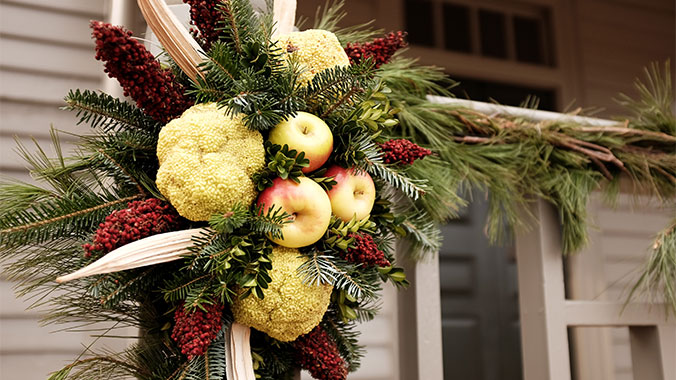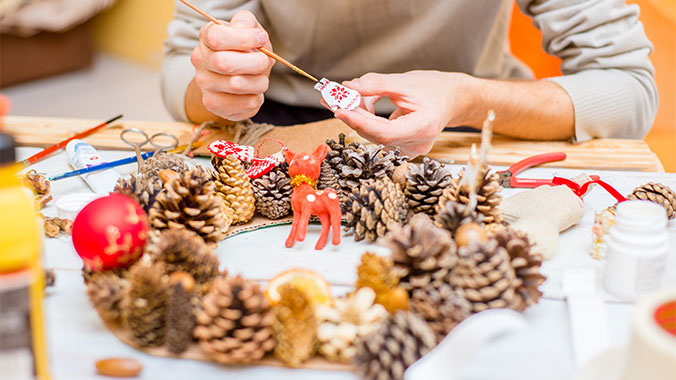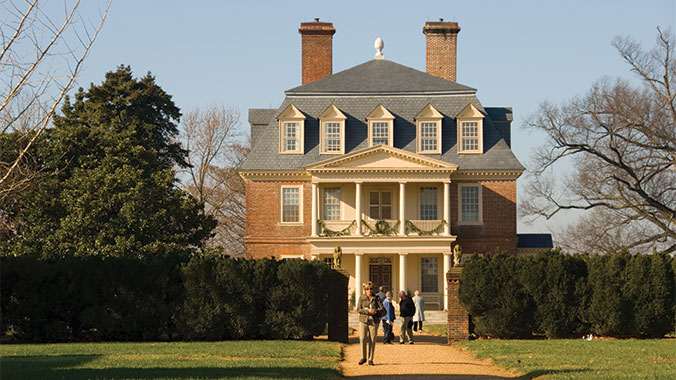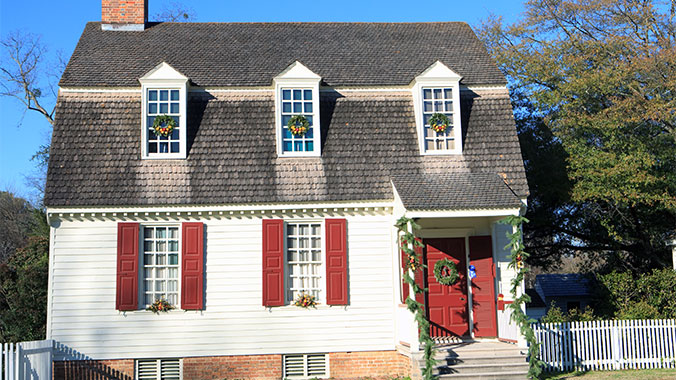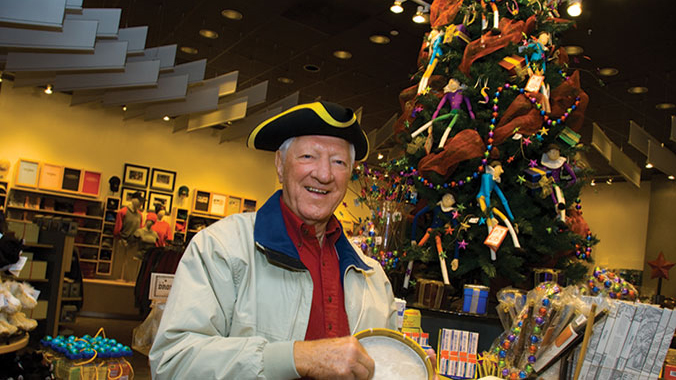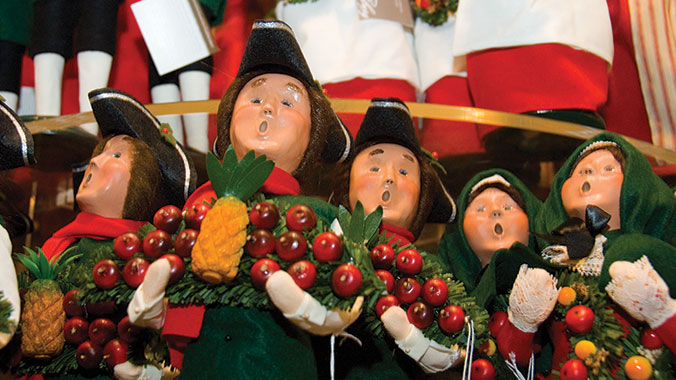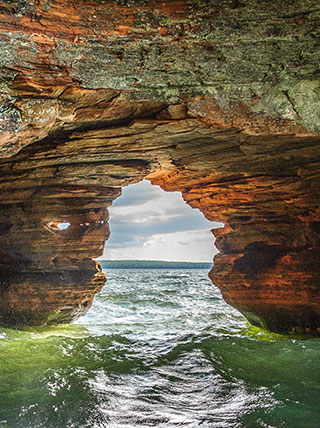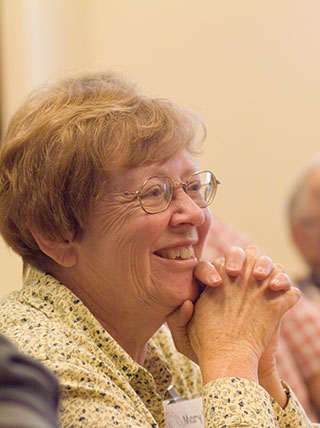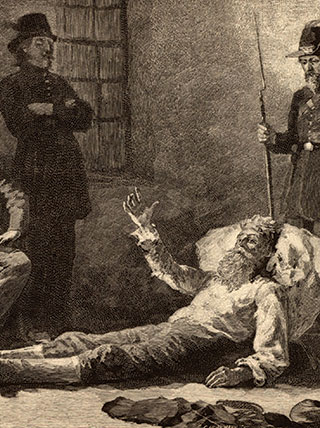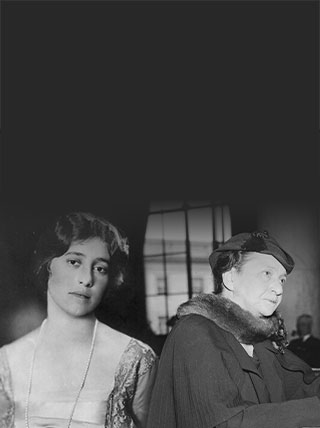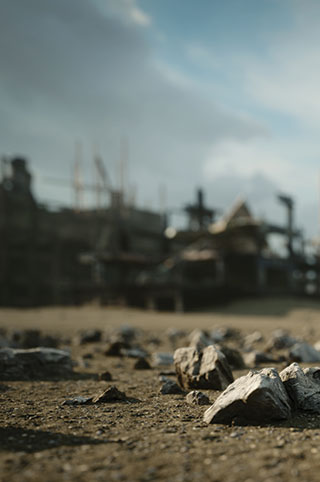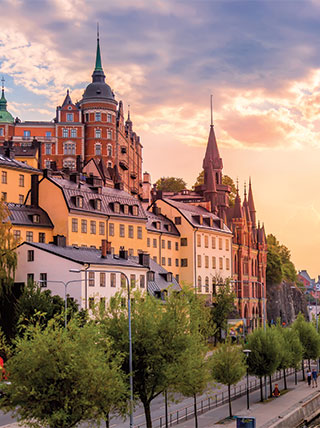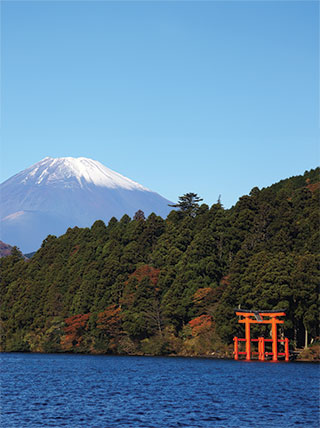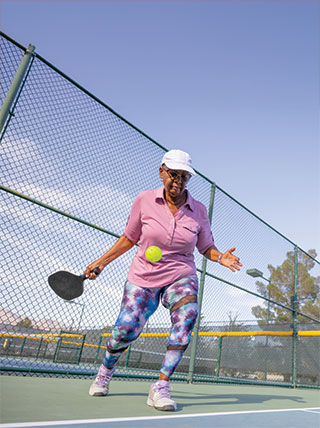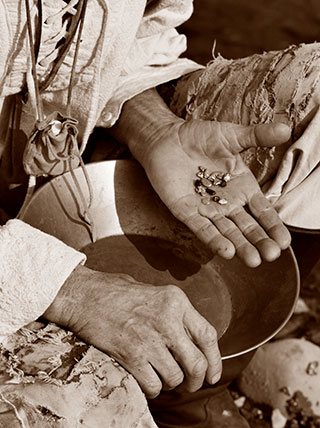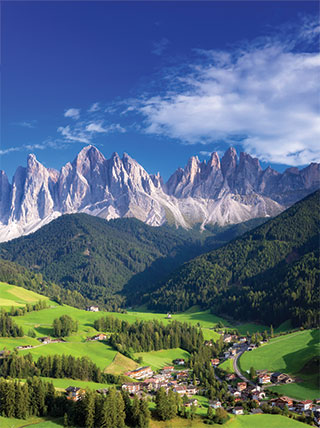
Colonial Christmas at Williamsburg & the James River Plantations
Enroll with Confidence
We want your Road Scholar learning adventure to be something to look forward to—not worry about. Learn more
Protecting the Environment
We offset a portion of the emissions created by your travel. Learn more
At a Glance

What You'll Learn
- Enjoy a private organ concert in the College of William & Mary’s historic chapel, sing along with well-known musicians and meet African American and colonial interpreters.
- Visit seasonally decorated homes spanning four centuries of history from Colonial Williamsburg to the James River plantations.
- Create your own Colonial decoration using traditional techniques, prepare a Colonial treat and savor both a lunch and a festive farewell dinner in Colonial taverns.

Please note: This expert may not be available for every date of this program.



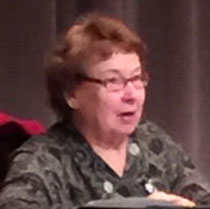







Activity note: Hotel check-in available from 4:00 p.m. Remember to bring your nametag (sent previously).
Afternoon: Program Registration: After you have your room assignment, join us at the Road Scholar table to register with the program staff, get any updated information, and confirm the time and location of the Orientation session. If you arrive late, please locate your Group Leader and let them know you have arrived. Orientation. The Group Leader will greet everyone and lead introductions. We will review the up-to-date program schedule, discuss roles and responsibilities, logistics, safety guidelines, emergency procedures, and answer questions. Program-related travel will be by bus unless noted otherwise. Periods in the daily schedule designated as “Free time” and “At leisure” offer opportunities to do what you like and make your experience even more meaningful, rewarding, and memorable according to your personal preferences. The Group Leader will be happy to offer suggestions. Program activities, schedules, personnel, and indicated distances or times may change due to local circumstances/conditions. In the event of changes, we will alert you as quickly as possible. Thank you for your understanding.
Dinner: At the hotel.
Evening: A local expert will join us for a presentation introducing Williamsburg, Colonial Williamsburg, and the history of Virginia's second capital. We’ll learn about the town’s history from its beginnings when the colonial capital moved from Jamestown to Middle Plantation. Following its growth through the 18th century to its height during the Revolution, we’ll then trace its decline with the removal of the capital to Richmond, leaving little more than the College and the hospital for the insane. Finally, we’ll gain an appreciation for its phoenix-like rise in the early 20th century thanks to vision of a local minister and the generosity of John D. Rockefeller, Jr., resulting in today’s treasure of colonial American interpretation. Continue getting to know your fellow Road Scholars, settle in, and get a good night’s rest for the day ahead.
Activity note: Walking about 3 miles total on cobblestone, pebble, and brick paths; on our feet cumulatively approximately 3 1/2 hours; few opportunities to sit and rest.
Breakfast: At the hotel.
Morning: With a local expert, we’ll take a more personal look at Yuletide across time by considering the words of people living in Williamsburg during three centuries. We’ll also have an opportunity to share our own family traditions, inherited or newly begun. This look at holiday observances will help tie the old to the new, bringing a deeper and richer meaning to our own holiday observances. Next we’ll join a talented chocolatier in our hotel classroom to learn about the history of this popular treat during colonial times. By the middle of the 18th century, hot chocolate, flavored with a variety of spices, had become a favorite drink in both Europe and America. Our instructor will provide us with some background about how this New World concoction originated and found its way into the courts of the Continent. You will have the opportunity to assist in the preparation of a chocolate treat, which of course, you will also be able to sample! We’ll next walk to Colonial Williamsburg from the hotel, then walk the length of historic Duke of Gloucester Street in the company of a local expert. We’ll focus on the homes, shops, and public buildings while, at the same time, investigate the remarkable decorations that adorn those buildings. Our expert will describe historical local events and the roles of average townspeople while also teaching us about the materials and techniques used to create the wreaths and sprays.
Lunch: At a restaurant in downtown Williamsburg.
Afternoon: Next, we’ll walk to Bruton Parish Church in the Restored Area for a private visit led by a local historian and church member. Our expert will outline the history of the church itself, along with the building's architecture and how it changed over the centuries. At the conclusion of our field trip, we’ll walk back to the hotel. Back at the hotel, we will again be joined by the church historian who will detail the importance of religion in the Colonial period. Her discussion will include the religious history of the time and various customs and celebrations of the gentry, the “middling class,” and enslaved populations. We will then engage in a conversation with a talented and knowledgeable costumed interpreter.
Dinner: At the hotel.
Evening: We’ll enjoy the talents of an accomplished musician who will walk us through the history of colonial music in Williamsburg and it's tradition among different cultures.
Activity note: Walking about 2 miles total on cobblestone, pebble, and brick paths; on our feet cumulatively approximately 2 1/2 hours; few opportunities to sit and rest. Some buildings require climbing 3-5 steps to enter.
Breakfast: At the hotel.
Morning: We’ll walk again to the Restored Area for a field trip to the ornate Governor's Palace, a recreation of the residence built in 1706 and was home to seven royal governors, and later, two elected Virginia governors after the Revolution. A cornerstone of Colonial Williamsburg, the Palace was reconstructed on the original foundation using Thomas Jefferson's plans for renovation before its destruction in a fire following the Siege of Yorktown. We’ll then have some time to explore the Historic Area before lunch. You might like to build on the overview of the Area we enjoyed yesterday, interact with interpreters in colonial dress, visit some of the public buildings, and perhaps sample a gingerbread cookie and hot cider along the way.
Lunch: We'll enjoy lunch at a local restaurant.
Afternoon: Having now seen and learned about holiday decorations in a variety of settings, we will have an opportunity to visit the Art Museums of Colonial Williamsburg. We will walk to the nearby DeWitt-Wallace Decorative Arts Museum and the Abby Aldrich Rockefeller Folk Art Museum. These two wonderful museums feature Colonial Williamsburg's extensive collection of 18th century furnishings and objects of daily living along with an incredible collection of American folk art. We will begin with a brief docent led overview of the museums, before moving on to our workshop where we will create a memorable holiday ornament. Continuing our town exploration, we will proceed to the historic Wren Building on the campus of the College of William and Mary to attend a concert of colonial and Christmas music performed on the chapel’s 18th century pipe organ, one of the four oldest pipe organs in the U.S. We’ll have a unique opportunity to learn about the instrument from our organist, a talented musician from the staff of the Music Department of the College.
Dinner: At the hotel.
Evening: After dinner, join the Williamsburg community as they celebrate the season with streets lined in decorations, lights and performances.
Activity note: Getting on/off a motorcoach. The two historical houses visited today have limited access for those with mobility concerns. The first floors of both houses can be reached with lifts; the other floors are accessible by 15-20 stairs with a landing. Overall, the walking is not extensive.
Breakfast: At the hotel.
Morning: First, we'll board our motorcoach and reach the 1850s-era Lee Hall Mansion, with its unusual Italianate architecture, and experience a more ostentatious antebellum home. An experienced docent will show us the ladies’ and men’s parlors, along with the private family rooms upstairs. Moving on, we’ll continue our field trip to Endview Plantation, built in 1769 but more recently restored to its original appearance during the Civil War years. This small farmhouse stands in sharp contrast to the typical picture of an American plantation, though its owner was one of the wealthiest farmers in the county.Both Endview and Lee Hall Mansion will be decorated for the holidays in mid-19th century style. Our motor coach will then return us to the hotel. In the midst of the terrible Civil War, families continued to honor their traditions as best they could. At the same time, soldiers in the field made some attempt to remember the season even as they wrote home of loneliness and hardship. We’ll learn from a Civil War historian about efforts made to maintain some measure of holiday normalcy despite shortages and missing family members. We’ll also examine the similarities of mid-19th-century customs with those of today.
Lunch: At Leisure. You can use this time to reserve a lunch at a local colonial restaurant such as Christiana Campbell's Tavern or King's Arm Tavern. Reservations are required and recommended several days in advance.
Afternoon: Free time. Take this opportunity for personal independent exploration to see and do what interests you most. There will be a variety of activities underway in the Restored Area. Please refer to your Colonial Williamsburg brochure and also the list of Free Time Opportunities. The Group Leader will be happy to offer suggestions. Your Colonial Williamsburg pass will still be valid today. You might also like to explore the Historic Triangle of Jamestown, Williamsburg, and Yorktown.
Dinner: At the hotel.
Evening: In our hotel classroom, we’ll delight in the wonderful tales and music of a talented entertainer as she takes us on a journey across the years through the eyes of African-Americans, slave and free, as they celebrate Yuletide in Virginia. This engaging performance provides the perspective of the slave and free black families who combined their ancient African traditions with the customs of their masters.
Activity note: Getting on/off a motorcoach. Walking over 2 miles on brick and gravel paths, plus interior carpets and floors. Standing/ moving time inside each house approximately 1 hour, few places to rest. Limited access for those with mobility restrictions; several short flights of stairs involved at each location; at both homes, the grounds can be explored with little difficulty.
Breakfast: At the hotel.
Morning: We’ll begin our day with a field trip via motorcoach to Shirley, first of the James River plantations, dating to 1613. Here we’ll see original furnishings and portraits from the 18th century owners whose descendants, remarkably, still occupy the home. Next, we’ll travel to Berkeley, the “most historic” of the great river plantations. This is the ancestral home of the Harrisons, who boast a signer of the Declaration of Independence and two presidents among their descendants. We’ll explore this 1726 Georgian mansion with a knowledgeable docent, then have some time to stroll along the extensive grounds on our own. Both of the homes will be decorated for the holiday season and traditionally serve holiday snacks and cookies. We’ll have time at both sites for individual exploration.
Lunch: At a local restaurant.
Afternoon: After lunch, we'll return to the hotel for an engaging performance by Benjamin Franklin. We will learn about his relationship with Williamsburg, his thought son Christmas as a youth in Boston versus Virginia and different parts of England.
Dinner: At a colonial tavern. In the colonial era, public houses were gathering places for residents and travelers. Though this building has been reconstructed, the atmosphere — though not the contemporary menu — is similar to what patrons such as George Washington, Thomas Jefferson, and Patrick Henry would have known.
Evening: Returning to the hotel, we’ll delight in the talents of a local musician. We’ll end our observance of traditional Christmas celebrations together with an appropriate “wassail” toast of hot cider. Prepare for check-out and departure in the morning.
Activity note: Hotel check-out by 11:00 a.m.
Breakfast: At the hotel.
Morning: For our final morning together we will be honored with a visit from a colonial lady, Elizabeth Randolph, as she reminisces about Yuletides past. She will describe colonial Christmas traditions in Williamsburg and what it was like to run a household during the holiday season. This concludes our program. If you are returning home, safe travels. If you are staying on independently, have a wonderful time. If you are transferring to another Road Scholar program, detailed instructions are included in your Information Packet for that program. We hope you enjoy Road Scholar learning adventures and look forward to having you on rewarding programs in the future. Don’t forget to join our Facebook page and follow us on Instagram. Best wishes for all your journeys!
Recommended For You


